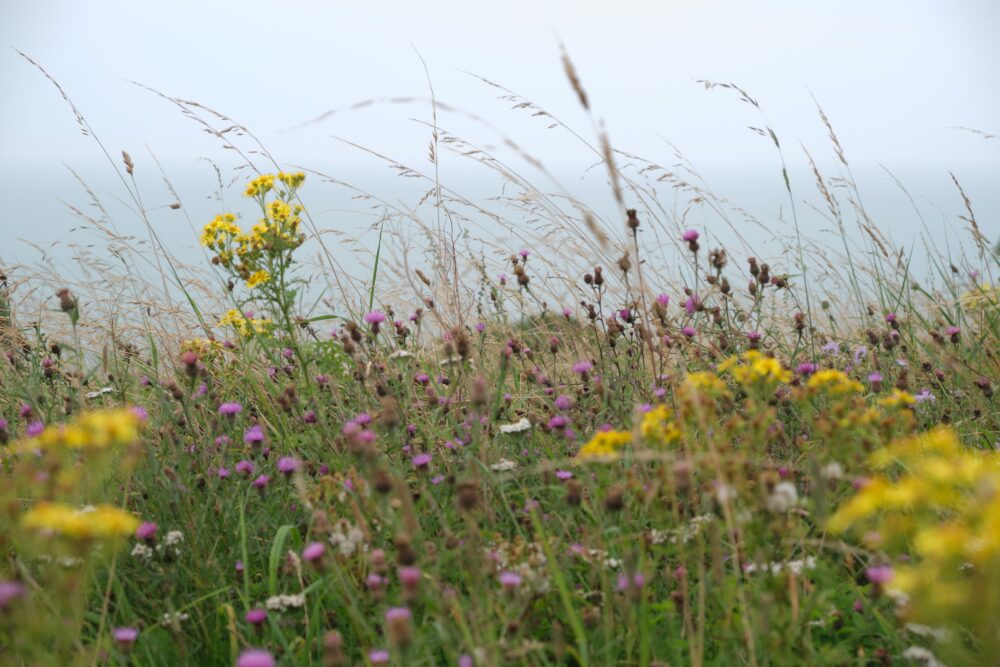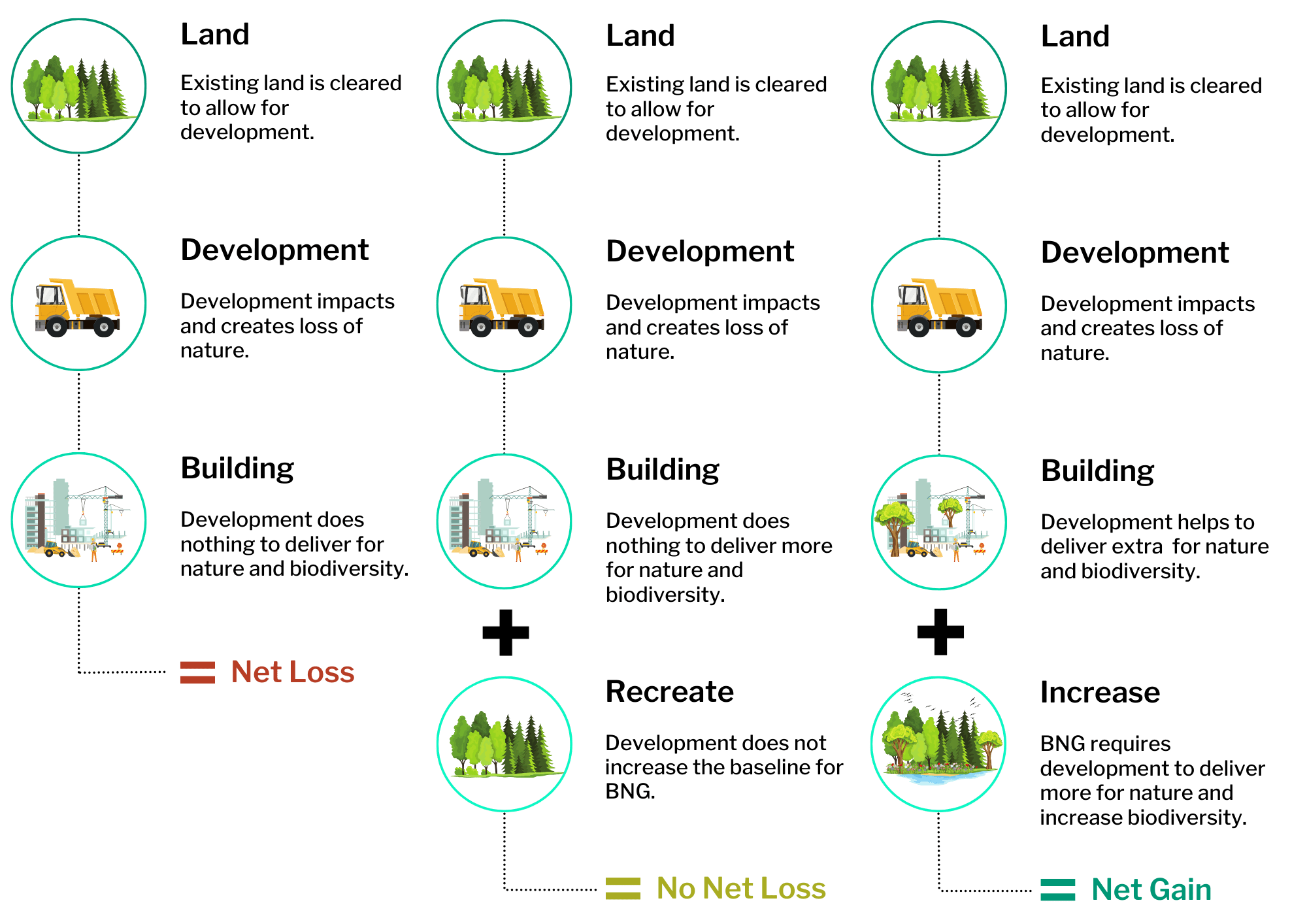This website uses cookies so that we can provide you with the best user experience possible. Cookie information is stored in your browser and performs functions such as recognising you when you return to our website and helping our team to understand which sections of the website you find most interesting and useful.
What is Biodiversity Net Gain?
Biodiversity net gain refers to the process of enhancing and improving biodiversity within a development project. It involves ensuring that any loss of habitat or biodiversity is effectively compensated for by creating or restoring habitats of equal or greater ecological value elsewhere.
The aim is to achieve a net increase in biodiversity across the impacted area, thereby contributing to the overall health and resilience of ecosystems.
Biodiversity is the foundation of all life on Earth. It provides us with essential ecosystem services such as clean air, water, and soil, as well as food and medicine. However, human activities have been causing significant loss and degradation of biodiversity, leading to negative consequences for our environment and society.
By implementing biodiversity net gain, we can reverse this trend and ensure that development projects not only minimise their negative impact but also actively contribute to the restoration and conservation of biodiversity. This approach aims to create a more sustainable and resilient future for both human and non-human species.
Case Studies
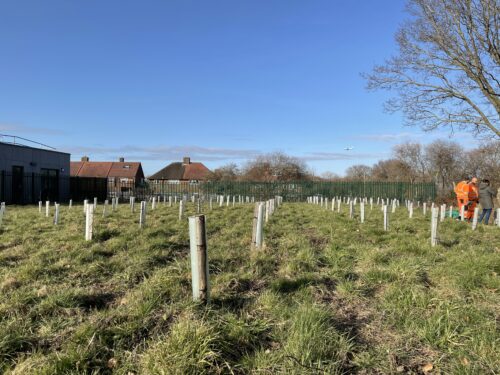
Biodiversity, Habitat Management and Community Access
South Western Railway (SWR) engaged Tilhill’s services to assist with their plan to improve the biodiversity and community enjoyment of a disused portion of their train freight marshalling yard.
Read More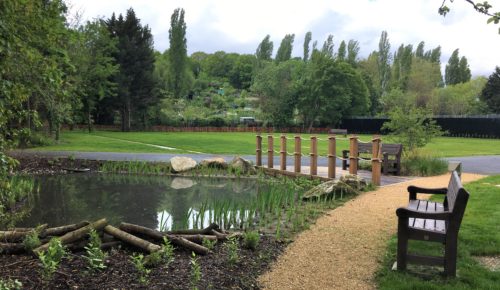
Nature, Landscape and Ecological Enhancements
The works at Camberwell looked to change the purpose of unused land in the area. This included soft landscape and ecological improvements such as native hedges, trees, marginals and grass seeding and turfing.
Read MoreBenefits of Biodiversity Net Gain
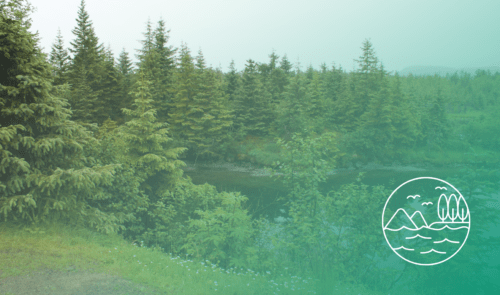
Ecosystem Resilience
Biodiversity net gain enhances the resilience of ecosystems by ensuring the creation of high-quality habitats that can support a diverse array of species. This helps ecosystems adapt to changing environmental conditions and withstand disturbances, such as climate change and invasive species.

Improved Well-being
Biodiversity net gain not only benefits nature but also improves well-being. Access to green spaces and the presence of diverse wildlife have been linked to improved mental and physical health, reduced stress levels, and increased community cohesion.

Climate Change Mitigation
Biodiversity-rich habitats, such as forests and wetlands, play a crucial role in mitigating climate change by sequestering carbon dioxide and regulating local climate conditions. Biodiversity net gain ensures the creation of new carbon sinks, contributing to global efforts to reduce greenhouse gas emissions.

Enhanced Biodiversity Monitoring
By incorporating biodiversity net gain into development projects, there is a greater focus on biodiversity monitoring and assessment. This leads to improved understanding of ecological processes, better conservation planning, and informed decision-making for future projects.
Biodiversity and Nature Restoration Services
Tilhill offers a number of landscaping and woodland creation services that can help developers meet their Biodiversity Net Gain requirements. Tilhill has a countrywide wealth of landscaping and forestry management resources to draw on in order to successfully carry out this projects, to not only benefit biodiversity and our natural environment but also enhance the well-being of present and future generations.
Assessment
Conduct a thorough biodiversity assessment of the project site to quantify the existing biodiversity value and identify any potential impacts. Tilhill’s in-house ecologists carry out a wide range of environmental work and hold a range of licences for protected species work.
Avoidance and Minimisation
Design the development project to avoid or minimise negative impacts on biodiversity by considering alternative layouts, techniques, or technologies. With our extensive landscaping and forestry background, Tilhill is unrivalled when it comes to our knowledge of planting and nature restoration.
Restoration and Creation
Identify suitable areas where biodiversity enhancements can be made, such as rewilding degraded land or creating new habitats. These areas should provide ecological value equal to or greater than the impacted areas. Tilhill can help with wetland creation including ponds, habitat creation and aquatic Planting.
Monitoring and Evaluation
Our teams can help to regularly monitor the implemented biodiversity net gain measures to assess their effectiveness and make any necessary adjustments. This step ensures the desired outcomes are achieved and maintained over the long term.
Resources
Landscaping Services
Tilhill’s landscaping arm complements the core business with a range of landscaping disciplines including environmental mitigation.
Learn MoreGovernment Guidance
Government guidance on understanding the requirements of Biodiversity Net Gain (BNG) for land managers, developers and local planning authorities.
Read MoreNatural Capital Investment
The UK Natural Capital Committee defines natural capital as ‘the elements of nature that directly and indirectly produce value or benefits.
Learn More


